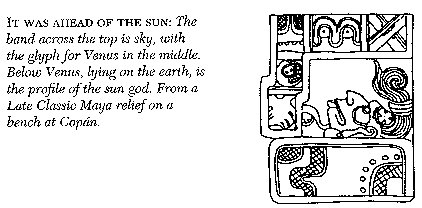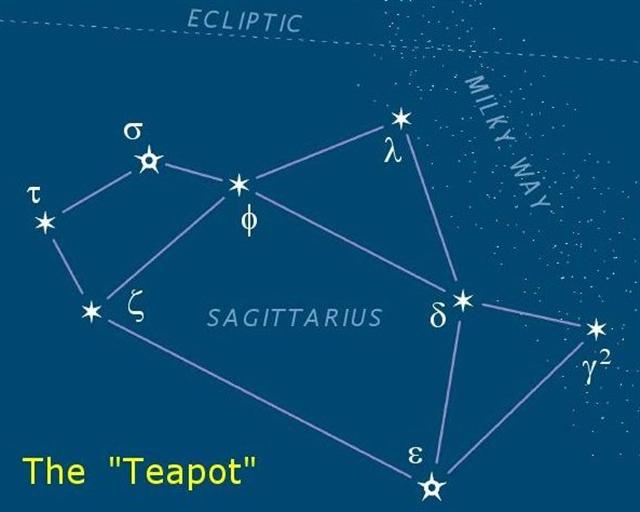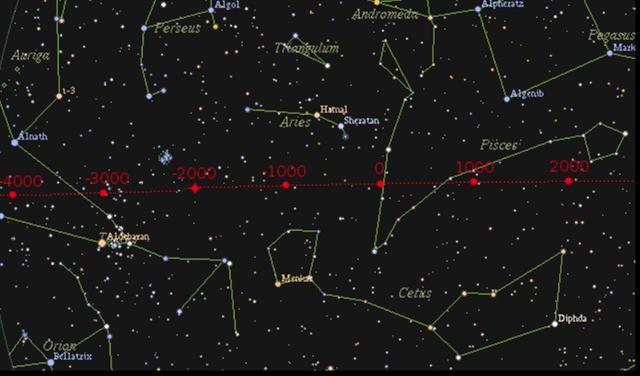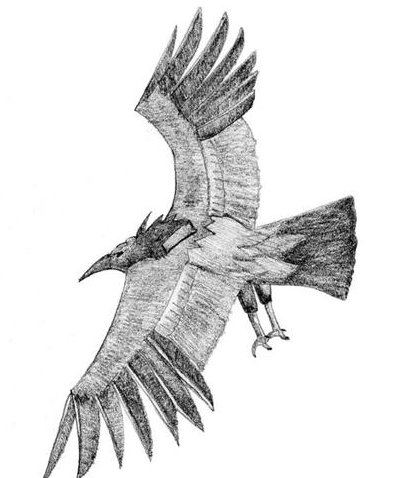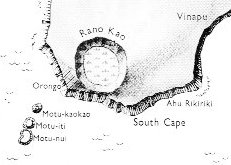There are 229 glyphs on side a of the G tablet and this could allude (or possibly even refer) to the distance from the heliacal rising of Atlas and Pleione in May 16 (136) to their midnight culmination in December 31 (365). 136 + 229 = 365. The C tablet carries 392 (side a) + 348 (side b) = 740 glyphs. This uneven distribution probably means side b should be regarded as a separate cycle (circuit). 12 * 29 = 348. Considering the synodic cycle of Venus, with 8 dark nights of invisibility from her evening to her morning star appearance, we can guess 392 = 8 + 384, where 384 = 13 * 29½ + ½.
Or better 392 = ½ + 8 + 13 * 29½. By beginning the C text with an empty (zero) glyph space it would be possible to hide the difference between 13 * 29½ and 392 - 8. But this is so far only a guess based on the numbers, and numbers as such can never be trusted. They can only be adornments for the visual cues. According to my preliminary reading of the C text it seems to begin around the southern spring equinox, when the Sun returned from his wife in the north. But we should perceive the text with both our eyes, keeping one eye open also for the opposite hemisphere. The center of the Polynesian culture was in the equatorial belt (the navel of the Sun), aware of both sides of the coin (heads and tails). Below I have placed heliacal north at the top and heliacal south (= nakshatra north) at bottom, and I have kept only the dates based on my Gregorian right ascension map at the time of rongorongo:
If 8 dark Venus nights should be present also in the G text, where could they be? They ought to come immediately before 0h, just before 'dawn':
But searching for the corresponding glyphs in the G text we are encountering a problem - should we follow the path of the Sun ahead from Ga1-1 until we reach 0h or should we walk backwards in time-space the shorter distance to heliacal Sirrah?
Before adressing this question we should, however, take the opportunity to look more at the C text. In Ca1-6 there is a person who stands between signs which possibly could refer to the division of the Hawaiian hula bowl, with the high land of Tane (Kane, the god of light and trees) on one side (possibly at left in Ca1-6) and with the dark Sea of Kanaloa (Tagaroa, the fish being) possibly visualized at right in Ca1-6: ... Take the lower part of a gourd or hula drum, rounded as a wheel (globe), on which several lines are to be marked and burned in, as described hereafter. These lines are called na alanui o na hoku hookele, the highways of the navigation stars, which stars are also called na hoku ai-aina, the stars which rule the land. Stars lying outside these three lines are called na hoku a ka lewa, foreign, strange, or outside stars. The first line is drawn from Hoku-paa, the fixed or North Star, to the most southerly star of Newe, the Southern Cross. (This hour circle coincides with the meridian on an evening in June, when it would divide the visible sky into halves.) The portion (of the sky) to the right or east of this line (the observer is evidently assumed to be facing north) is called ke ala ula a Kane, the dawning or bright road of Kane, and that to the left or west is called ke alanui maawe ula a Kanaloa, the much-traveled highway of Kanaloa. (Kane and Kanaloa were important gods in the Polynesian pantheon, Kane being associated with light, Kanaloa with darkness.) ... Counting from right ascension *26 (for Polaris) to Acrux (*187) there were only 161 days - not the expected division of 364 days in half. A reasonable explanation could be to instead count 'across time-space', from 0h at the time of the First Point of Aries to *187 at the time of rongorongo. If so, it would support an idea of mine, viz. that time could not pass beyond the First Point of Aries. Would the Sun, due to the precession, be forced to rise even earlier at the northern spring equinox he would not be able to 'make landfall' (to 'alight'), because the Sea stretched from Nunki (σ Sagittarii in the Tea-pot) all the way down to Alrisha (the Knot) at the beginning of Pisces:
Perhaps this could then explain why there is only the shadow of a henua (Land) at left in Ca1-6 (where the central figure has a great drop of water on his belly):
Given the place where the C tablet was created it seems reasonable to interpret the glyphs primarily according to the situation south of the equator, i.e. to look at the stars and dates in the lower register in my tables above. In Ca1-8 there is a Rogo figure, but with his bottom invisible (the creator of the text may here have used to his advantage the narrow bottom line on the tablet). If north of the equator Rogo came at the beginning of the year and immediately before Tane, then he ought to be visualized only 'as a shadow' around the September equinox. We can contrast Ca1-8 with Gb6-26 (probably at Sirrah 8 + 183 = 191 days earlier). In Gb6-26 the neck of Rogo is stretching tall, but in Ca1-8 his neck is compressed:
In the physics classes we are taught that light travels faster than sound and that we therefore will see the lightning before we will hear the thunder. However, in real life it is the opposite - first we will hear distant sounds and only later will we see the dark clouds and flashing lights: ... It was 4 August 1968, and it was the feast day of Saint Dominic, patron of Santo Domingo Pueblo, southwest of Santa Fe. At one end of the hot, dusty plaza, a Dominican priest watched nervously as several hundred dancers arranged in two long rows pounded the earth with their moccasined feet as a mighty, collective prayer for rain, accompanied by the powerful baritone singing of a chorus and the beat of drums. As my family and I viewed this, the largest and in some ways the most impressive Native American public ceremony, a tiny cloud over the Jémez Mountains to the northwest got larger and larger, eventually filling up the sky; at last the storm broke, and the sky was crisscrossed by lightning and the pueblo resounded with peals of rolling thunder ... Pounding the ground and creating clouds of dust with their feet, this would surely lure the rain clouds closer. It was like imitating the voice of a bird, to make a bird-call, in order to entice the thunder bird closer.
Under a black cloth the eyes are useless and the ears become important. Sound comes before the eye takes command. But ear and eye were not far apart and on Easter Island there was a Moon night named Orongo-Tane.
The Moriori list of sons began with Rongo and Tane: ... the progeny of Tu increased: Rongo, Tane, Tangaroa, Rongomai, Kahukura, Tiki, Uru, Ngangana, Io, Iorangi, Waiorangi, Tahu, Moko, Maroro, Wakehau, Tiki, Toi, Rauru, Whatonga - these were the sons ... |
||||||||||||||||||||||||||||||||||||||||||||||||||||||||||||||||||||||||||||||||||||||||||||||||||||






